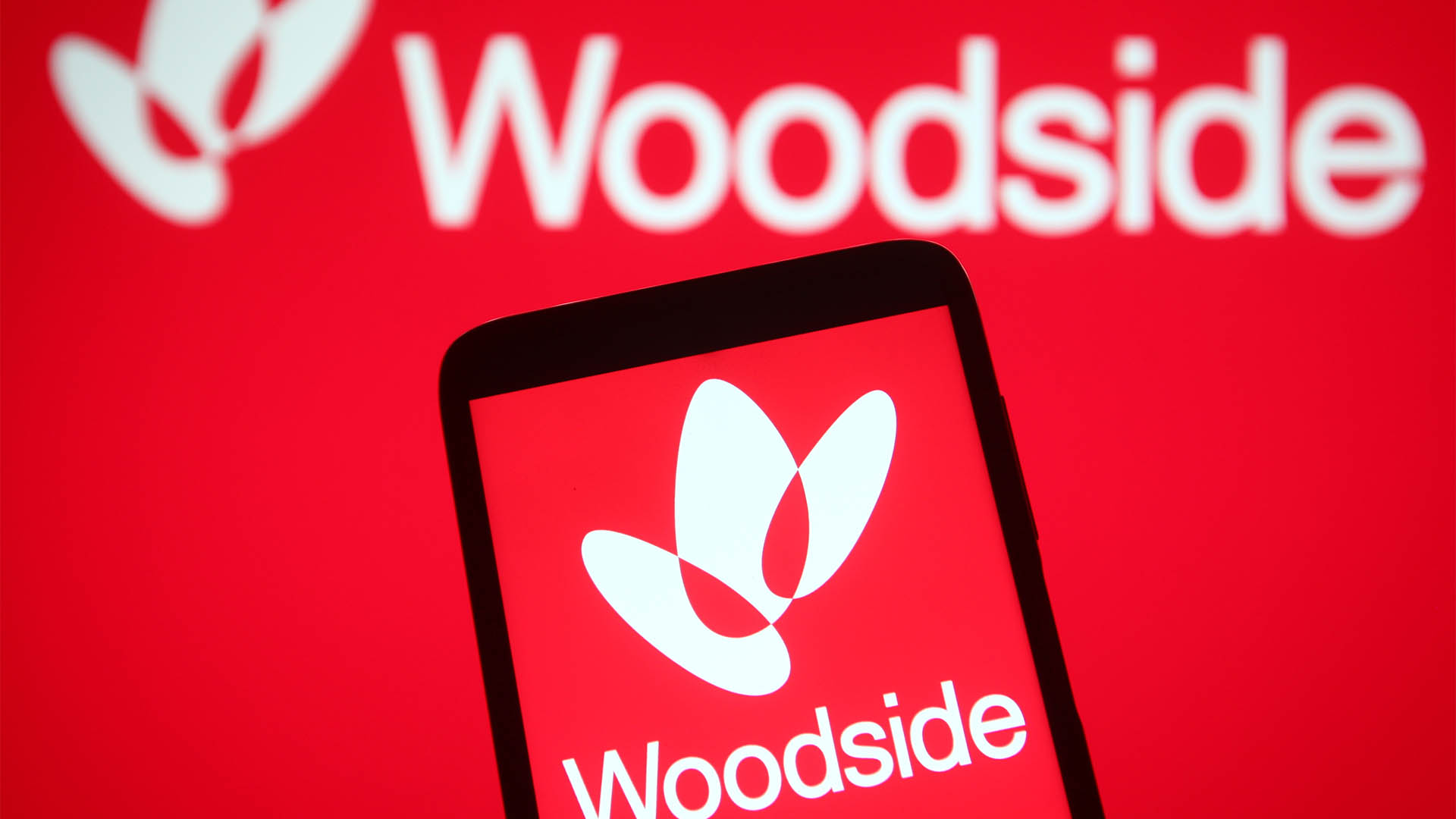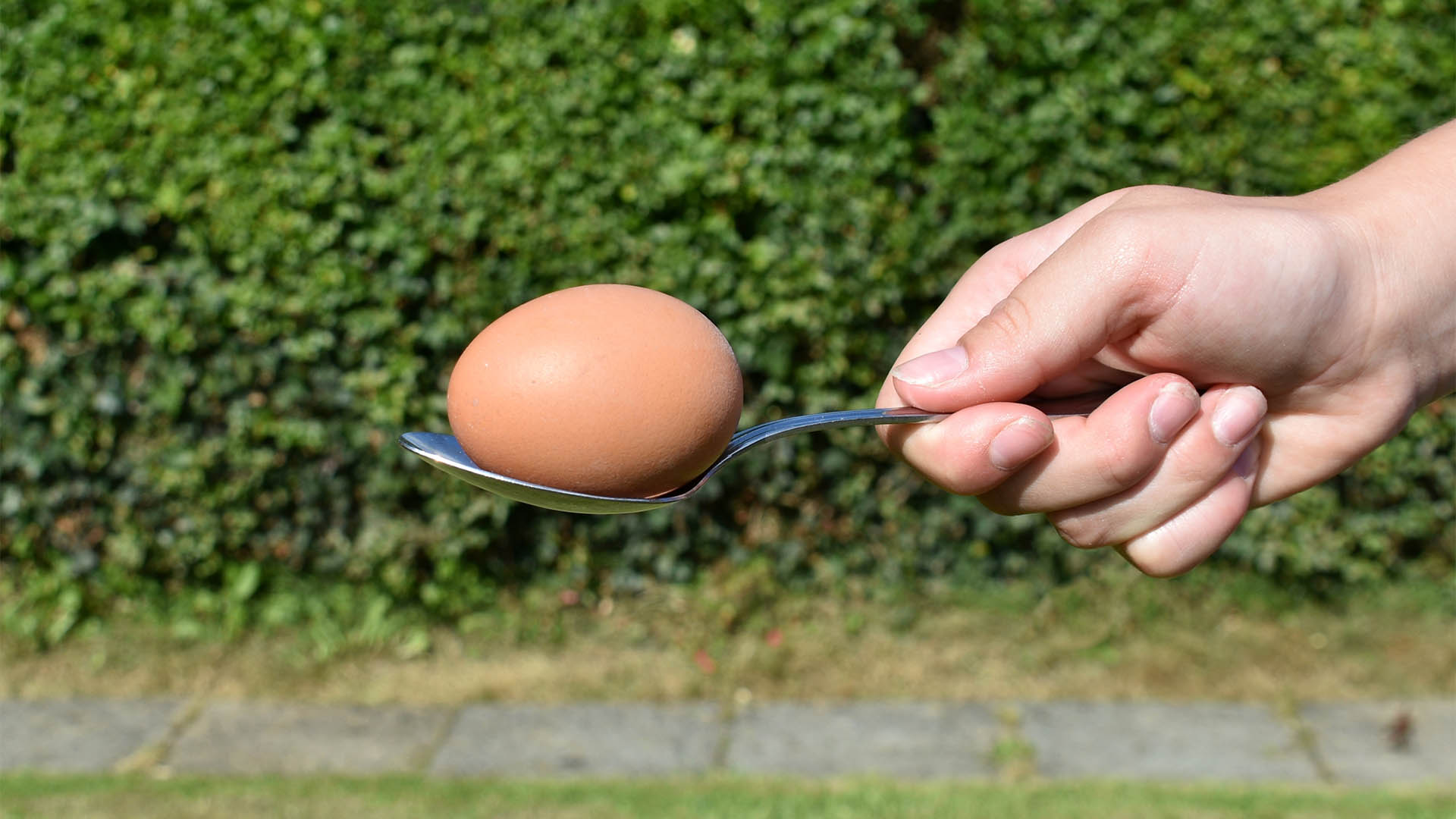Some retail stocks took a beating yesterday on more fears they will be victims on the impending arrival of Amazon and aggressive discounter, TK Maxx from the US, and the announcement of another month of weak retail sales by the Australian Bureau of Statistics.
The ABS report wasn’t encouraging ahead of the budget and the optimistic Treasurer Scott Morrison who will talk about a positive outlook for consumption and retail spending in the coming year.
A couple of analysts described the retailing sector as sluggish and in a sort of recession.
Shares fell before the 11.30am release of the figures as investors continued to react to the downgrade of Myer on Monday in a broker’s report – that saw Myer shares fall 10%. Myer is due to reveal its 3rd quarter sales figures later in the week.
Myer shares were steady, then fell 1.5%, Harvey Norman lost nearly 4%, but closed off 3.5% and JB Hi-Fi shares were off 3.7% and continued to dip, ending off 4.4%.
Te Reject Shop, the small struggling discounter saw its shares lose 1.2%, but shares in Woolies and Wesfarmers both edged higher by 0.2% and 0.5% respectively in spite of the weak reading from the ABs.
Both retail giants have already reported their March quarter figures – Wesfarmers’ were weak, especially for Coles, but Woolies surprised with one of its best quarters for years.
Then the ABS released the March retail sales data and estimates for the three months ending march 31 and they hit sentiment hard.
Australian retail turnover fell 0.1% in March, seasonally adjusted, according to theABS after a 0.2% slide in February (originally a fall of 0.1%).
And in volume terms, the seasonally adjusted estimate for the March quarter 2017 rose by just 0.1% following a rise of 0.7% in the December quarter 2016 (revised down from a 0.9% rise) and a relatively unchanged (0.0%) September quarter 2016.
That was the weakest quarter on quarter growth for almost three years and calls into question the low key optimism the Reserve Bank expressed in last Friday’s second Statement on Monetary Policy for the year that consumption was expected to rise modestly in the coming year.
If anything it has gone backwards since the middle of last year and the revision to the December quarter figures was significant.
In the March quarter 2017, the ABS said the seasonally adjusted estimate rose in volume terms for Food retailing (0.6%), Household goods retailing (0.4%), Other retailing (0.4%), and Cafes, restaurants and takeaway food services (0.1%). Department stores (0.0%) were relatively unchanged and Clothing, footwear and personal accessory retailing (-1.0%) fell in the March quarter 2017.
The ABS data was worrying on several fronts – firstly nominal retail sales fell outright for the second consecutive month in March. This doesn’t happy very often (the last time was seven years ago) and economists say this means that there is any momentum in retail spending going into the second quarter.
JP Morgan economist Tom Kennedy said in a note that
“This was a material deceleration from the prior quarter, which was also revised down two tenths (0.2%) to 0.7% q/q, and confirms our sense that the pace of household consumption recorded late last year was facilitated by a sharp drop in the saving rate, and was unsustainable.
“While the retail sales and national accounts data are not perfectly aligned (retail sales has a narrower scope, even within goods spending), today’s print creates some downside risk to 1Q household consumption,” he wrote in his note
Barclays economist Rahul Bajoria said the weak sales implied weak consumption growth in Q1 GDP:
"The bounce higher in consumption in Q4 appears to be an aberration, and in Q1, we think consumption GDP growth is likely to slow, as evident from the weakness in real retail sales for Q1 17.
"Real retail sales fell to 0.1% q/q growth, the weakest print in 11 quarters, and may only show a modest recovery going into Q2, in our view. We also believe that the improvement in employment may take time to spill over into consumption growth, as higher corporate profitability will likely only gradually spill into wages,” he wrote yesterday.
The AMP’s chief economist, Dr Shane Oliver said the figures “indicate a pretty cautious Australian consumer,”
"The figures are consistent with the weakness we have seen in wages growth and the wearing off from the boost in interest rate cuts."
He said the retail figures follow soft March quarter international trade figures which does not bode well for the nation’s economic growth.
“It all paints a soft picture for March quarter GDP (gross domestic product) growth," he said. "We will need to see decent growth in business investment, public spending and housing construction to see the quarter hold up."













